
Sustainability: A Scandinavian Tradition
Written By Heather Wray, PhD | Smart Building Collective
Scandinavian design is renowned for its functionality, simplicity, and balance with nature. These traits are inherently linked to sustainability - so it’s no wonder that Scandinavian countries are always at the top of environmental and sustainability performance rankings!
This is also relevant for the design of buildings, because buildings are responsible for one third of all global greenhouse gas emissions and represent a huge opportunity to reduce environmental impact. We can look to the built environment to see how the Scandinavian tradition of sustainability is intrinsically linked with their unique design philosophy and is leading the way towards better, smarter, more sustainable buildings. Throughout this article we’ll specifically look to Hausmanns Hus as an example of a truly smart building that embodies the Scandinavian sustainability traditions.
Quality
Durability is one of the key drivers of sustainability. The tradition of quality also ties in with social responsibility: design should be functional for the long-term greater public good and with the purpose of improving day-to-day living. In Scandinavian design, there is a long-standing tradition of long-lasting, locally-sourced and eco-friendly materials. The idea that things should be made to last a long time, and not be disposable/replaced is linked to the “timeless” style of many Scandinavian designs. This also extends to buildings when, for example, an old building is refurbished or renovated, rather than simply torn down and a new building established in its place. Refurbished buildings can have a lower environmental impact in particular through the re-use or re-purposing of existing materials like wood, concrete and windows. Hausmanns Hus is a repurposed building that takes longevity one step further: this smart building was designed to be modular, allowing for each space, each floor, or the entire building to be repurposed if needed without reconstruction or new materials. This flexibility to adjust and reconfigure the spaces means this building is truly futureproof.
Natural materials
A passion for nature and spending time outdoors is a huge part of Scandinavian culture. Outdoor activities are the norm here, recognized for their benefits to mental health and work-life balance. This love of nature also translates to design with nature in mind, including incorporating natural elements into indoor spaces (biophilic design) and building with natural and bio-based materials.
In buildings, a large part of greenhouse gas emissions are so-called “embodied carbon”, derived from emissions embedded in the construction materials used to create the buildings (like concrete, metals and glass). As energy efficiency advances and buildings use less energy while in operation, embodied emissions are becoming more and more dominant in the life cycle calculations of a building’s impact. One of the leaders in this area is Norway, whose Green Building Council is working to prioritize building materials with lower emissions and have been working towards lowering embodied carbon in buildings for over 10 years (reference: World Green Building Council, Status Report, June 2021). This can include initiatives to use (or re-use) more eco-friendly, local and bio-based materials for floors, walls, facades, and roofs.
Hausmanns Hus incorporates nature in a few ways: natural light permeates the entire space (managed with smart functionality) and the central court in the building embraces nature and integrates the building space with the outside world.
Leadership
Scandinavia has long been a leader in global action on environmental policy and sustainable development. This includes the Nordic Strategy for Sustainable Development from 2001, the first-ever multi-regional sustainability strategy (well before the now-adopted UN Sustainable Development Goals of 2015).
The Environmental Performance Index (EPI) ranks 180 countries on, you guessed it, their environmental performance, based on indicators of environmental health like air quality, biodiversity, water resources and forests. The top 10 of the latest rankings (from 2020) are a veritable who’s who of Scandinavian countries, with Denmark ranked number 1 and Finland, Sweden and Norway clocking in at numbers 7, 8 and 9, respectively.
As frontrunners in sustainability, the world looks to Scandinavian countries as an example to follow and uphold. This is also true for the built environment, where many examples of innovative smart and sustainable buildings are being designed and built. For Hausmanns Hus this example comes from the leadership team, who are focused on bringing sustainability and smart functionality to the forefront because they believe it is the right thing to do, not strictly because they believe it is financially advantageous. By flipping the commissioning model for the building they can focus on the end goal: futureproof and flexible buildings.
"The ability to see the big picture and make sure that every investment is future proof for the environment, users and employees is important for a building to be sustainable! Even when it comes to technology Hathon is one of the real-estate companies that really thinks about the future . An example is that every single technology investment Hathon has done in this building they have the environment, users, integration possibilities and data in mind! Everything is about Open API`s and the ability to stitch technology and building together. By having access to data from the buildings technology they are able to make sustainable decisions in the future!" - Patrick Edwards CEO | Neowit
Innovation
Innovation in Scandinavia, as in many other regions, is more and more focused on sustainability. Since Scandinavia is on the forefront of sustainable development and initiatives, this also means they are also leaders in sustainability innovations. Scandinavian countries have a long tradition of innovation, likely linked to a strong focus on and funding for research and development, as well as collaboration between scientific researchers and private/public sectors, which fosters innovations and sets the stage for new, ground-breaking ideas.
In the built environment, some examples of Scandinavian innovation are based upon other sustainability traditions, like quality and natural materials, for example wood construction. Other innovations are related to smart building design and smart features, because the smartest buildings are also the most sustainable. One example of this is the design of buildings around smart “technical grids”, such as in Hausmanns Hus, which result in increased flexibility of the space if changes in usage are required in the future. This means the building can be used for a longer time with the same level of (smart) functionality.
Summary
One of the main drivers of sustainability in Scandinavian countries is a strong history and tradition of designing with and for nature, for the greater public good and for the long term. Scandinavian sustainability innovation, including smart features, and leadership forms benchmarks which other regions and companies can (and should) follow. This is also true in the built environment sector. By working together and learning from Scandinavian sustainability traditions and examples, we can advance the global sustainability agenda.
References
Wendling, Z.A., Emerson, J.W., de Sherbinin, A., Esty, D.C., et al. (2020). 2020 Environmental Performance Index. New Haven, CT: Yale Center for Environmental Law & Policy.
World Green Building Council. (2021). Advancing Net Zero: Status Report 2021.
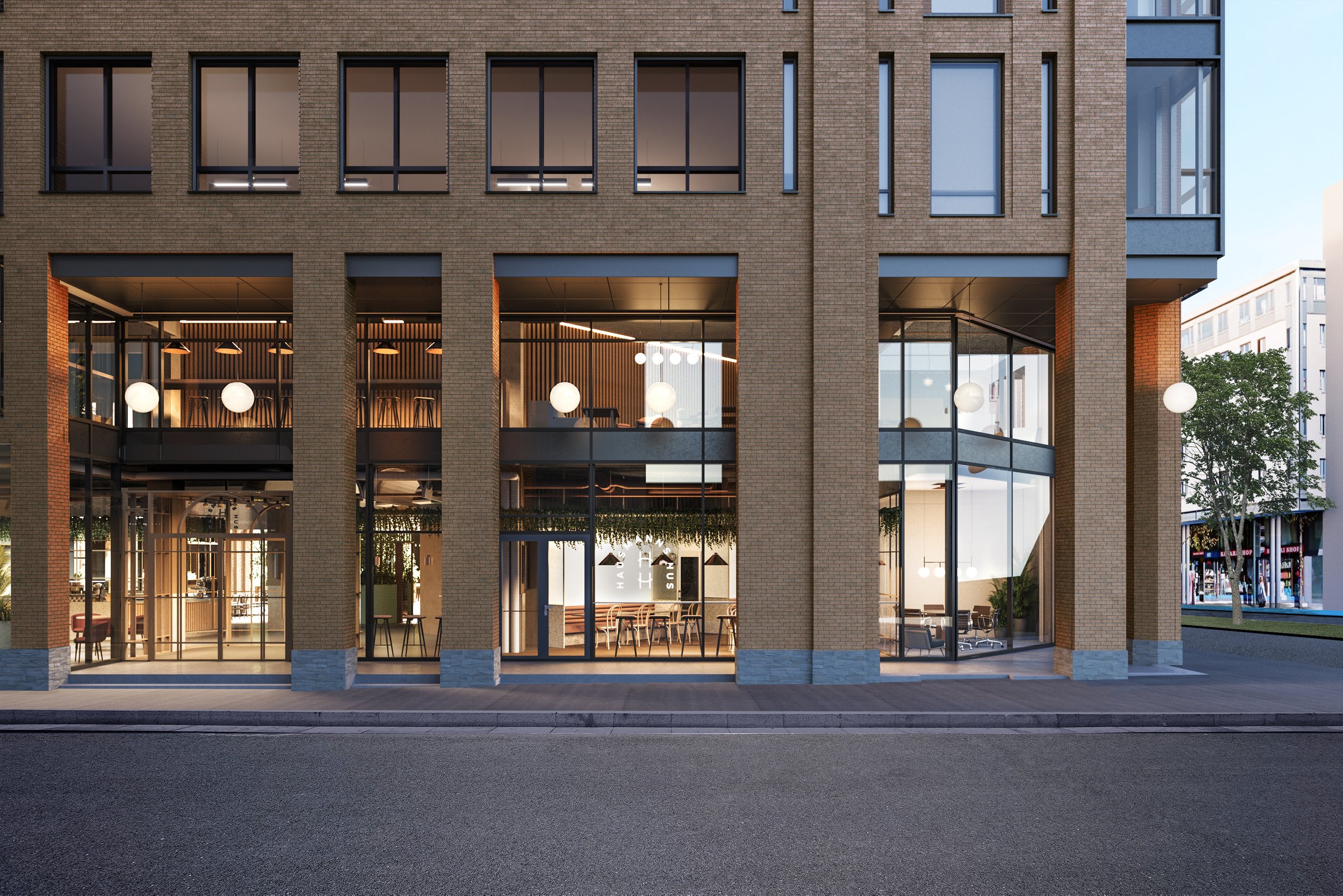


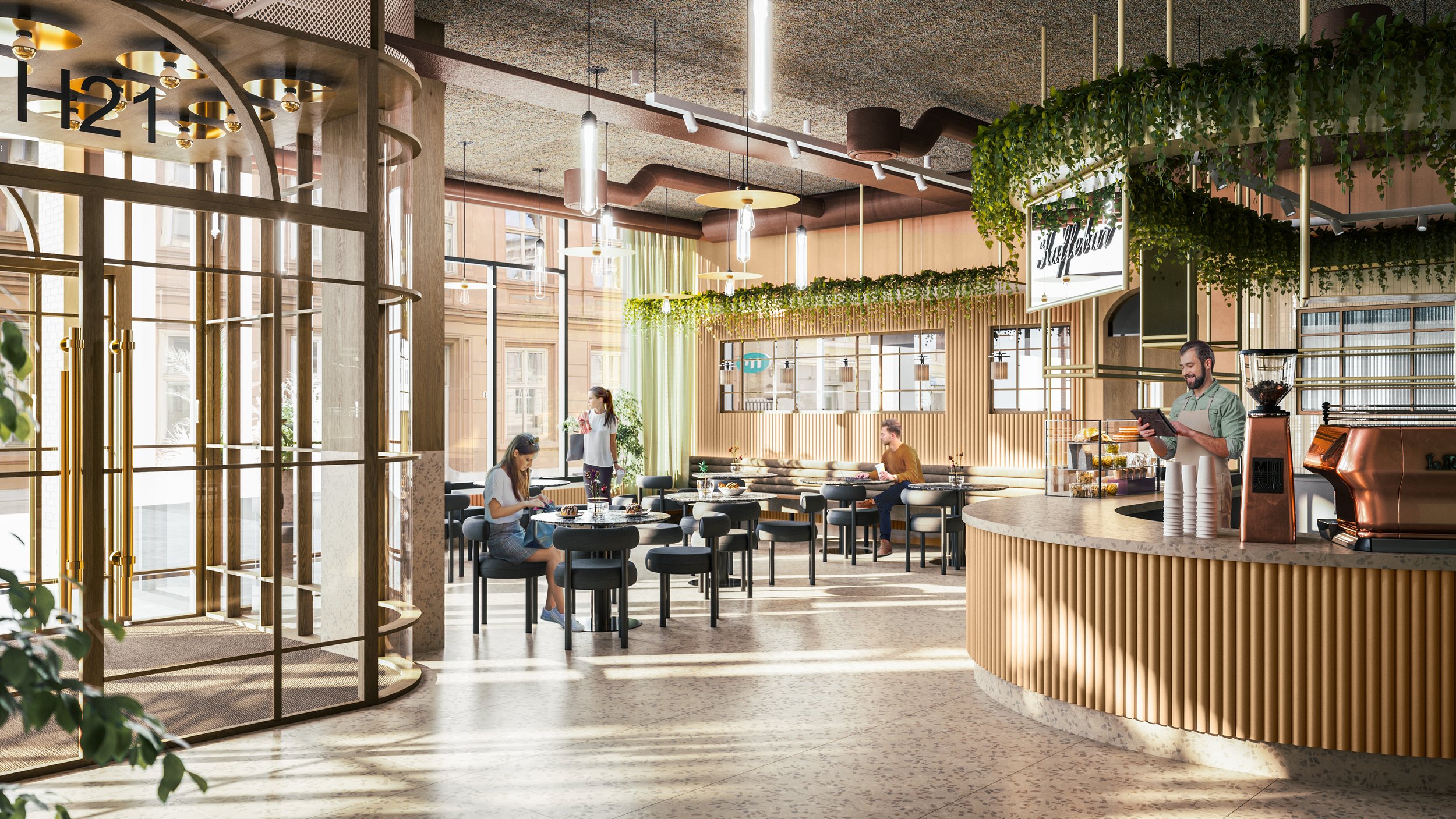
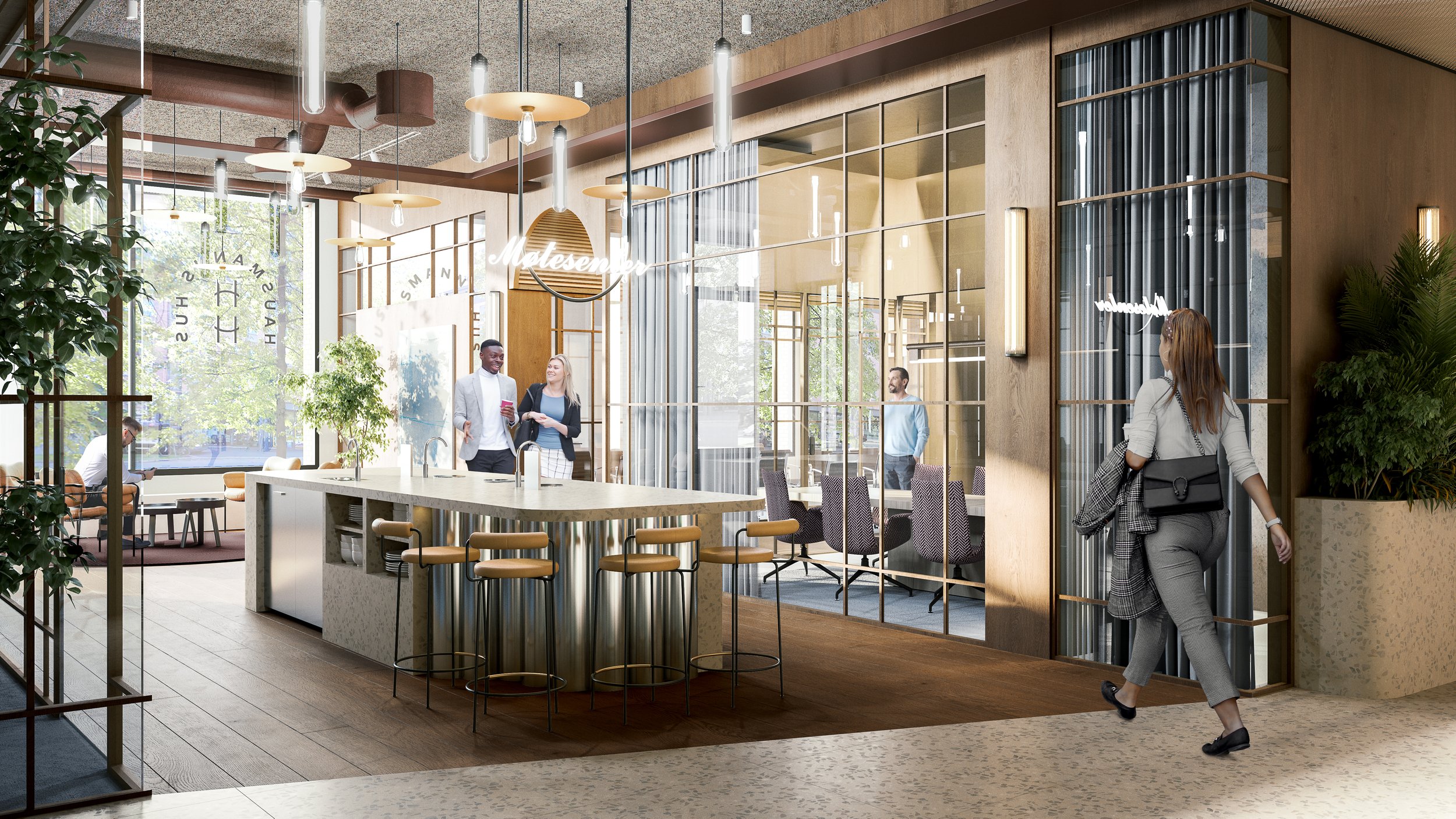
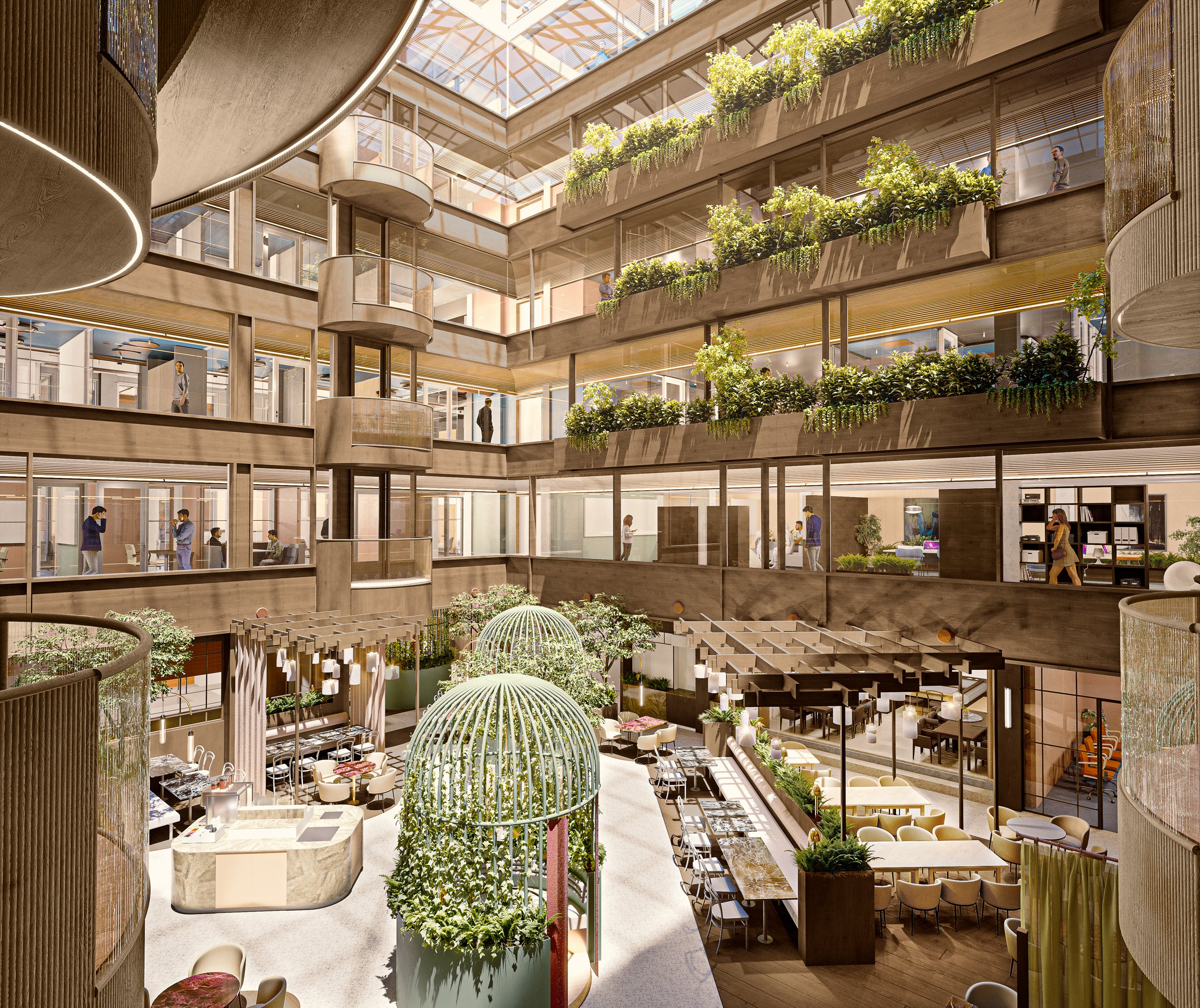
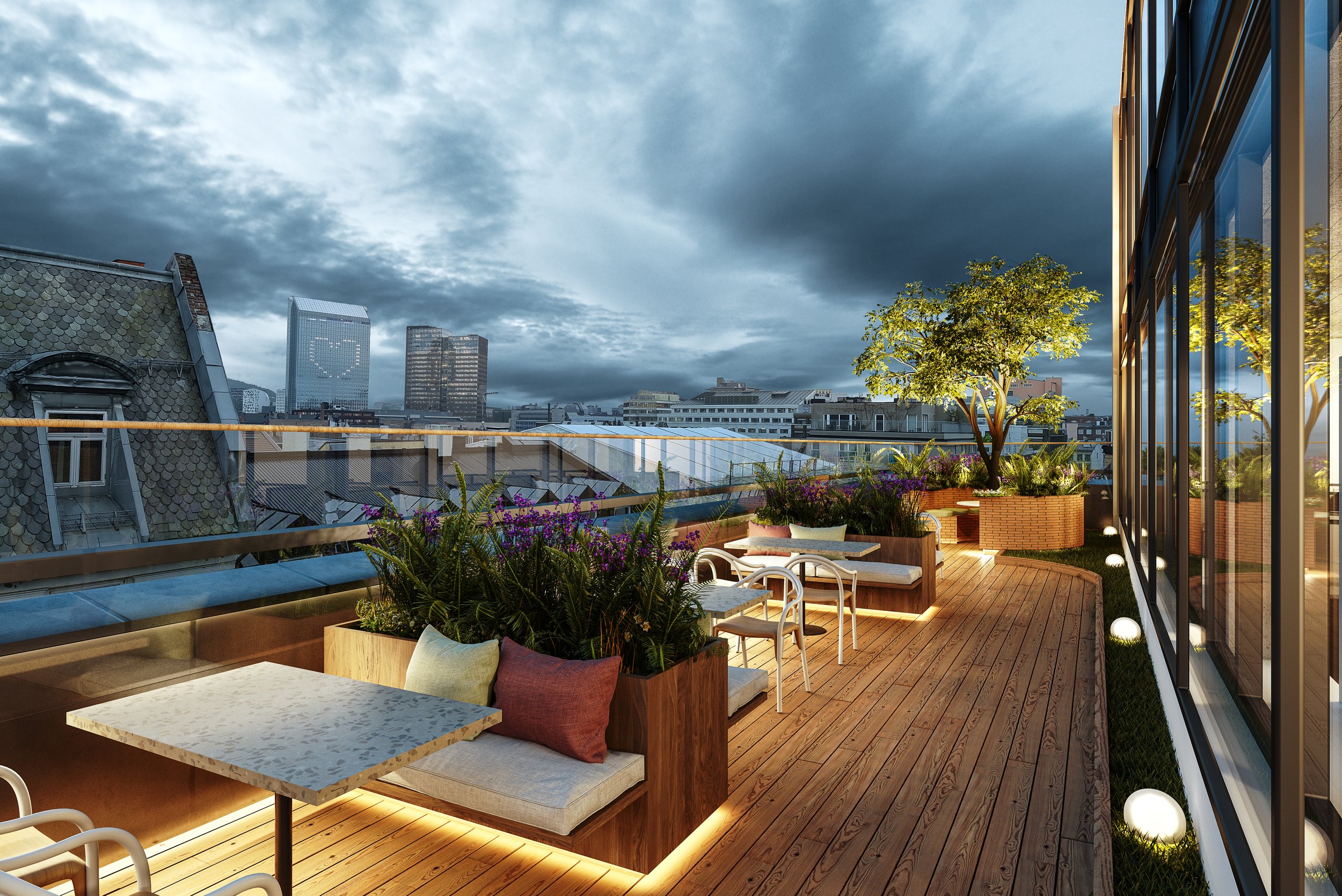



About Hathon
Hathon Holding AS is owned by Jorunn Marie Thon, Olav Engebret Thon and Halgrim Thon. Halgrim worked for 31 years as property manager in the Olav Thon Group, of which 18 years as managing director of the listed company Olav Thon Eiendomsselskap ASA. In 2000, he left Olav Thon to invest in his own portfolio. The group focuses on real estate investments mainly in Norway, Sweden and Denmark. Real estate investments include both long-term real estate holdings and several development projects. In addition, the group has a number of financial investments in shares and securities.
Get in touch to learn more
-

Martin Sofus Almerud
Technical manager - Sustainability | Optimizing | Development
Hathon
martin@hathon.no
Tel.: +47 971 86 447
-
-

Heather Wray
Research Team
Smart Building Collective
heather@smartbuildingcertification.com

